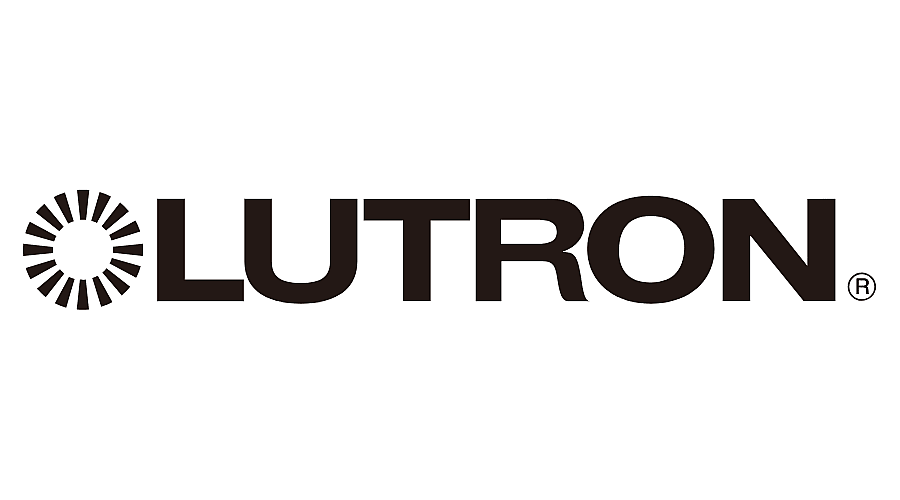A Brief Look at the 3 Different Types of Electrical Load
When engineers talk about an electrical load, they’re often referring to either the device that’s using electrical energy or the amount of power running through the circuit. Understanding electrical load is essential to figuring out how much electricity your home or office uses.
Let’s take a quick look at the three main types of electrical load and how they’re used. If you need a load analysis performed on your system, contact the professionals at Dreiym Engineering.
Resistive Load
A resistive electrical load is one that contains a heating element—think toaster ovens, incandescent lightbulbs, and coffee makers. This type of electrical load draws current in a waxing-and-waning sinusoidal wave that acts in tandem with regular increases and decreases in voltage. Resistive loads interrupt the energy flow in that electrical circuit and convert it to thermal energy, or heat.
Inductive Load
If you have an electrical device that’s powered by a motor, it likely uses an inductive load. Motorized electronics with moving parts, such as fans, air conditioners, dishwashers, and vacuum cleaners, often incorporate a magnetic field. Magnetic energy is stored inside a coil in the motor, and when energy passes through it, it converts electrical current to kinetic energy.
While the current of a resistive load features two sinusoidal waves (current and voltage) moving in tandem, an inductive load’s current wave lags behind the voltage wave.
Capacitive Load
Capacitive electrical loads differ from the other two load types mentioned in this guide because they do not exist on their own. Rather, these electrical loads are designed to control the power used by inductive and resistive loads, often with a device called a capacitor.
With capacitive loads, the current wave peaks before the voltage wave does. These load types have the highest power factor of all the loads discussed here. An electrical load analysis will give you valuable information about how effectively your capacitor powers your electrical circuit.
All of these electrical loads work in harmony with one another in many electrical circuits, powering a variety of appliances and fixtures. With this brief look at the three different types of electrical loads, you’ll develop a better understanding of how electrical current becomes usable energy.












































